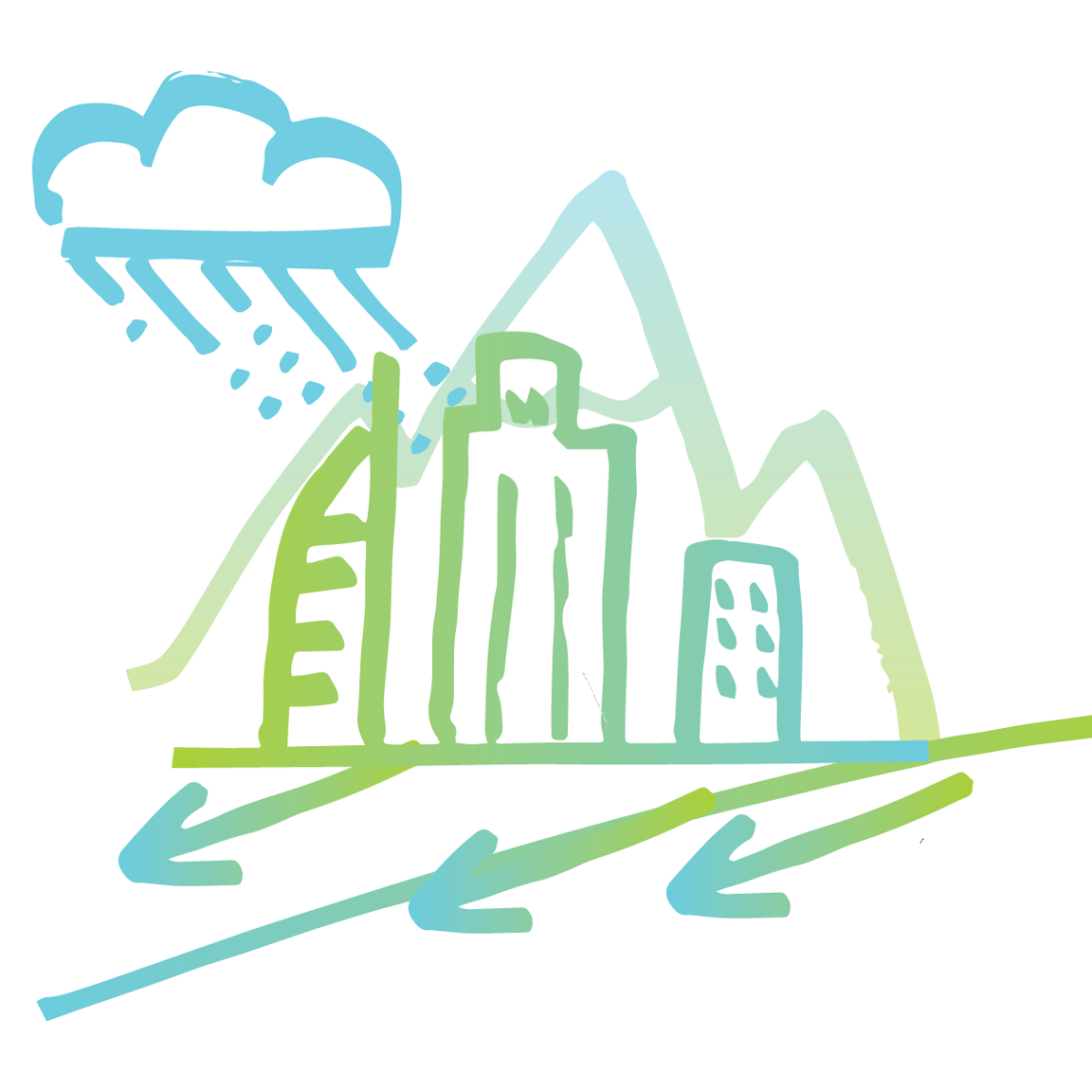Safety
Creating Safe and Secure Public Spaces
cool pavement istock 497490585

Urban areas with green space and vegetation are associated with a significant decrease in interpersonal aggression [1], crime rates, and violent behaviour [2,3], in comparison with urban areas with little or no greenery.
Desirable, well-cared for, and highly visited green spaces are generally safe and secure places too. Think about some of the places you most like to go. They are likely welcoming, well-cared for places that are comfortable to linger in, and which attract other people, too.Why do these spaces feel safe when other spaces do not? Successful public spaces attract people because they meet the needs of the community they serve. Spaces that are poorly designed are often underutilized and vulnerable to vandalism. This may attract further negative activity and push other community users away. Vagrancy, vandalism, and other public space issues communities face often occur in areas that are hostile, fortified, enclosed, or unseen. When a place is open and alive with activity, undesirable uses tend to move elsewhere.
The best way to create safe and secure feeling spaces then is to build and maintain activated places that serve the community. Planner William Whyte describes how encouraging the presence of food vendors increases activity, which then attracts even more activity. Not only does social activity deter undesirables, but food vendors themselves take on the role of informal guardians of the street.
Another example of how cities can create safer streets is the city of Vancouver, which enacted planning policies geared to meet the needs of two user groups: children and dogs, both regular users of the outdoors. The idea was that streetscapes, parks, plazas and buildings that met the needs of these two key groups would ultimately meet the needs of most everyone else. Making spaces friendly for children and animals ensured that the spaces would be welcoming for everyone, and thus populated throughout the day.
Vibrant and inviting spaces share a variety of people friendly features: trees and plants that provide shade and beauty, engaging seating that facilitates conversation, quiet spaces for reflection, art, vendors of all types, sufficient lighting, and well-kept grounds.
Offering a diversity of activities will invite varied and new visitors to a place at different times of the day and week. Like moving water, the ebbs and flows of activity in a space will keep a place alive and well. Places left to stagnate inevitably fail. Successful public places are those that reflect a community and serve their dreams, aspirations and needs.
[1] Kuo F.E., Sullivan W.C.. 2001. Aggression and violence in the inner city: Effects of environment via mental fatigue. Environment and Behavior 33 (4).
[2] Kuo F.E., Sullivan W.C.. 2001. Environment and crime in the inner city: Does vegetation reduce crime. Environment and Behavior 33 (3).
[3] Moore M., Townsend M., Oldroyd J. 2006. Linking human and ecosystem health: The benefits of community involvement in conservation groups. EcoHealth 3 (4).
Successful public spaces attract people because they meet the needs of the community they serve. . . . Nature is calming and when a place is open and alive with activity, undesirable uses tend to move elsewhere.
_________________
Strategies
Made with ❤️ by TreeStack.io
